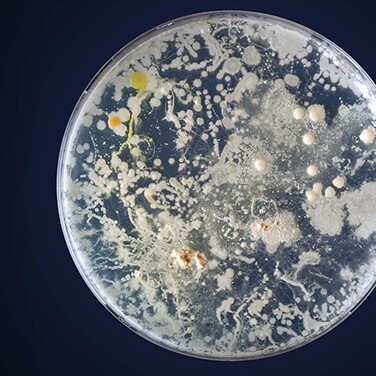Biosensors Are Redefining Rapid Diagnosis
By Kevin Ritchart
Canadian researchers have built a diagnostic tool that gives healthcare practitioners a nearly instant diagnosis of bacterial infection. And it fits in the palm of your hand.
Scientists from the University of British Columbia-Okanagan (UBCO) and the University of Calgary teamed up to create a small, inexpensive biosensor that provides immediate, accurate results instead of the two to five days it takes to perform traditional testing. Their research was published in Nature Scientific Reports.
“Advances in lab-on-a-chip microfluidic technology are allowing us to build smaller and more intricate devices that can provide more information for healthcare practitioners while requiring less invasive sampling from patients,” said Mohammad Zarifi, an Assistant Professor in the School of Engineering’s Microelectronics and Advanced Sensors Laboratory at UBCO.
The Challenges
According to 2017 statistics, the mortality rate from bacterial infections can increase by nearly 8 percent with each hour of delayed treatment, usually due to sepsis. There is a pressing need to find more rapid, cost-effective, and sensitive tests that can identify bacteria in the field or at the point-of-care, without multi-step purification or sample preparation.
Typically, patient specimens are tested using microscopy, bacterial culture, biochemical assays, immunological tests or genetic analysis.
- Microscopy uses bacterial staining to determine the shape and other characteristics; it takes little time but is non-specific.
- Bacterial cultures can take up to several days, and some bacteria cannot be grown in the laboratory.
- Biochemical assays detect bacteria-specific enzymes and include enzyme-linked immunosorbent assays (ELISAs) and agglutination methods.
- Genetic analysis and other molecular techniques offer more rapid bacterial identification using polymerase chain reaction (PCR), but these require preselected genetic probes to pair correctly with the bacteria’s DNA. This can produce false-positive results, and may not detect genetically mutated strains.
How They Work
Zarifi and his team tested their biosensors using a variety of samples with bacteria levels that represented conditions routinely found in clinical microbiological laboratories.
The biosensor operates by sending a microwave signal through the sample, allowing it to perform a quick analysis and generate a profile of any bacteria present.
While speed and accuracy are the chief benefits of this technological breakthrough, the biosensors actually go a step further, according to Zarifi. They can help simplify the currently complex process of testing for antibiotic susceptibility, provide rapid detection of bacteria, and screen bacterial proliferation once antibiotics have been administered.
“The device is able to rapidly detect bacteria and in addition, it screens the interaction of that bacteria with antibiotics,” Zarifi said. “The combined results give healthcare practitioners more information than they currently have available, helping them move forward to determine accurate treatments.”



